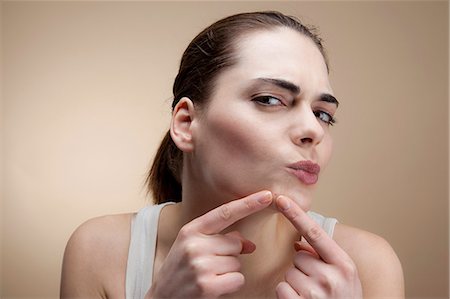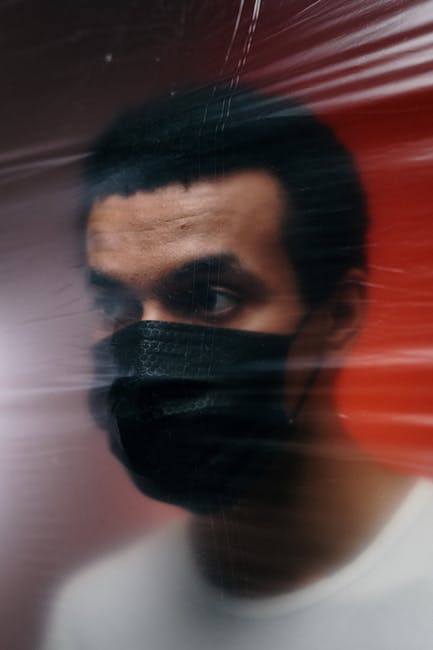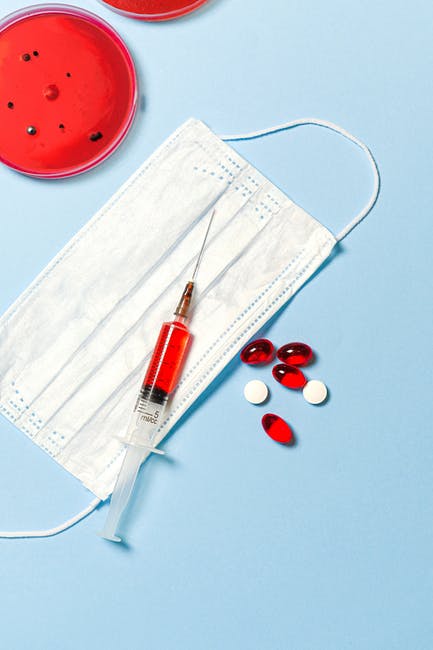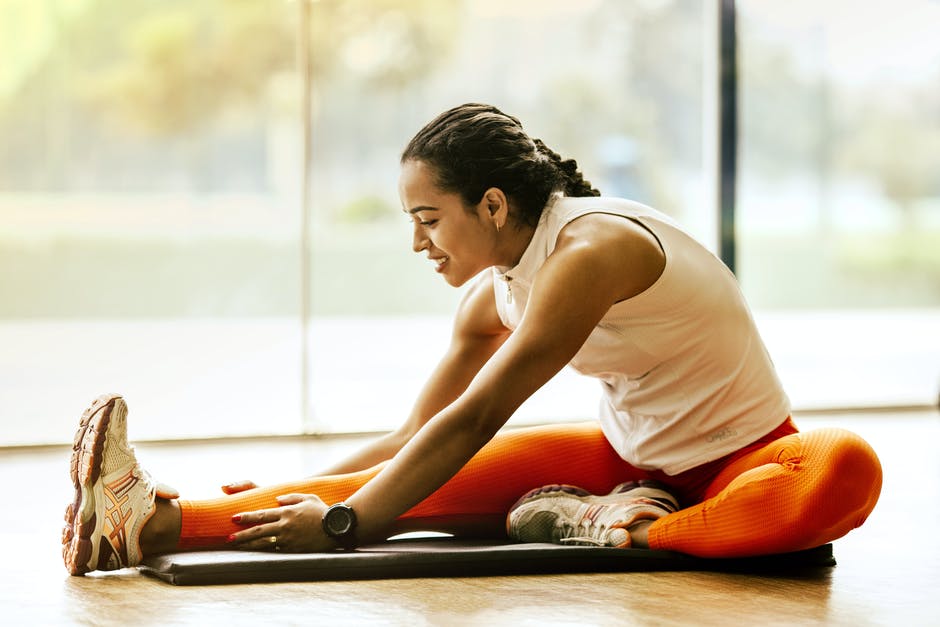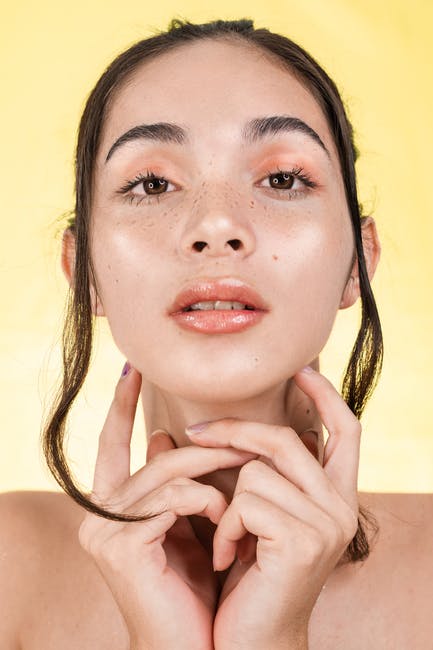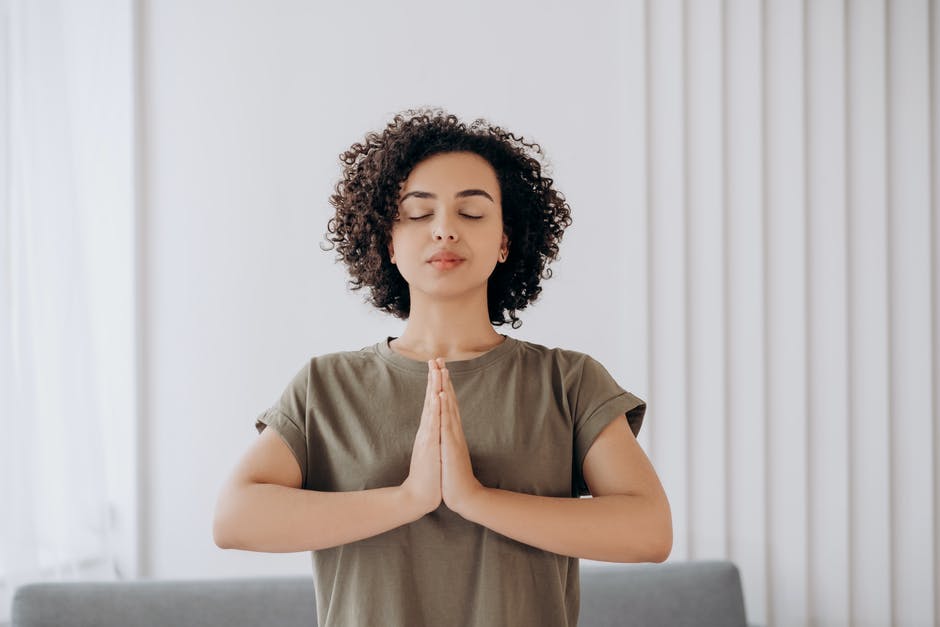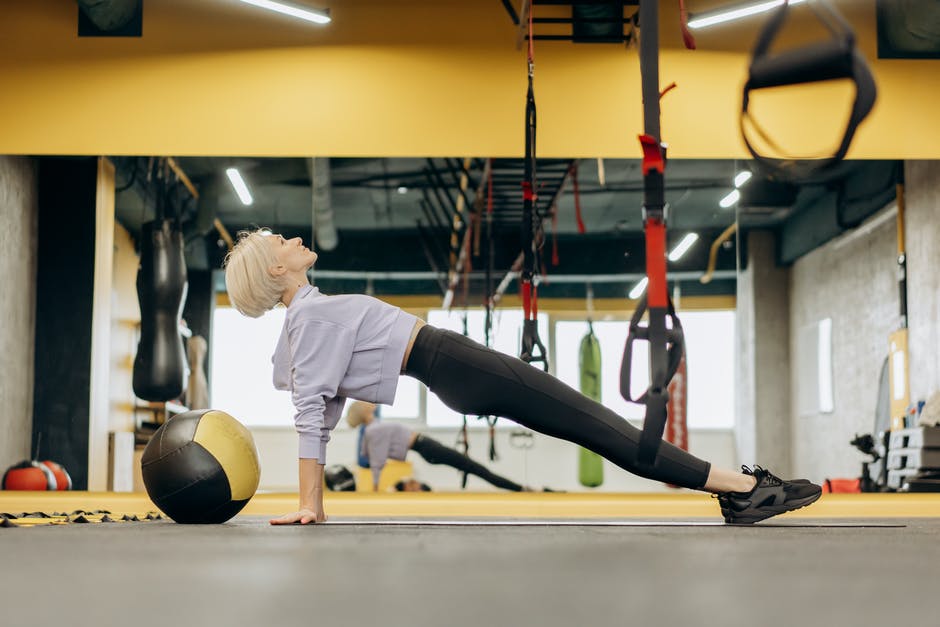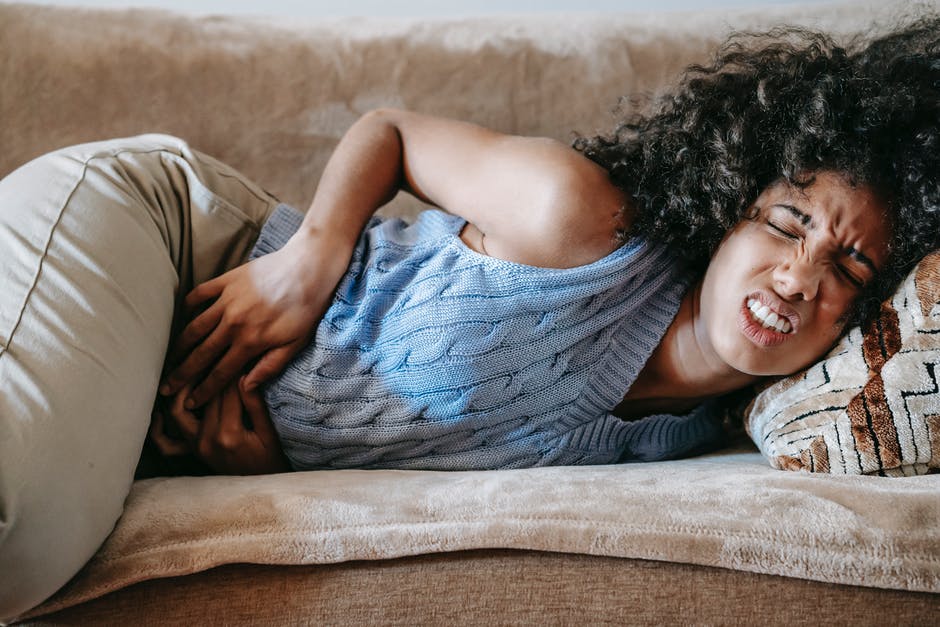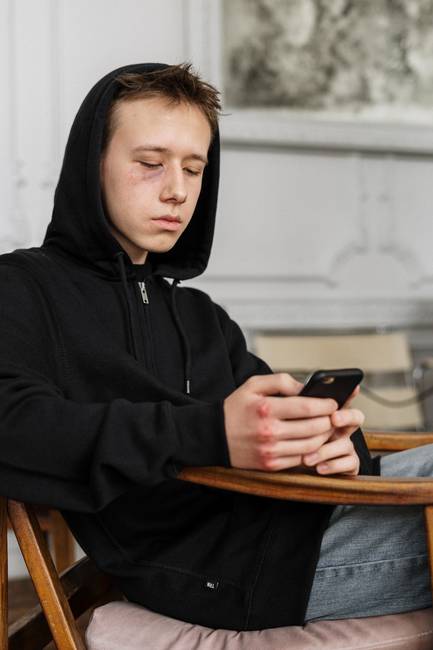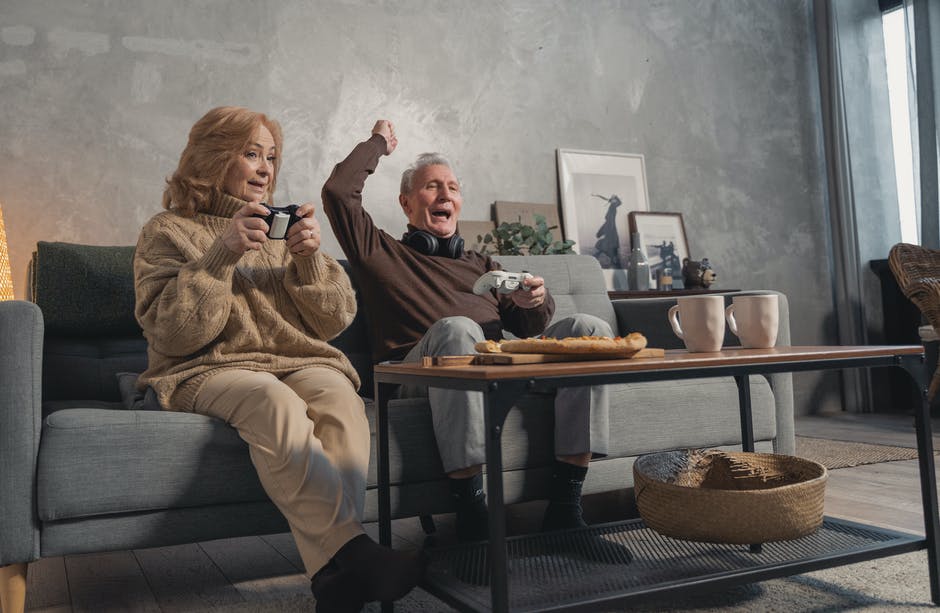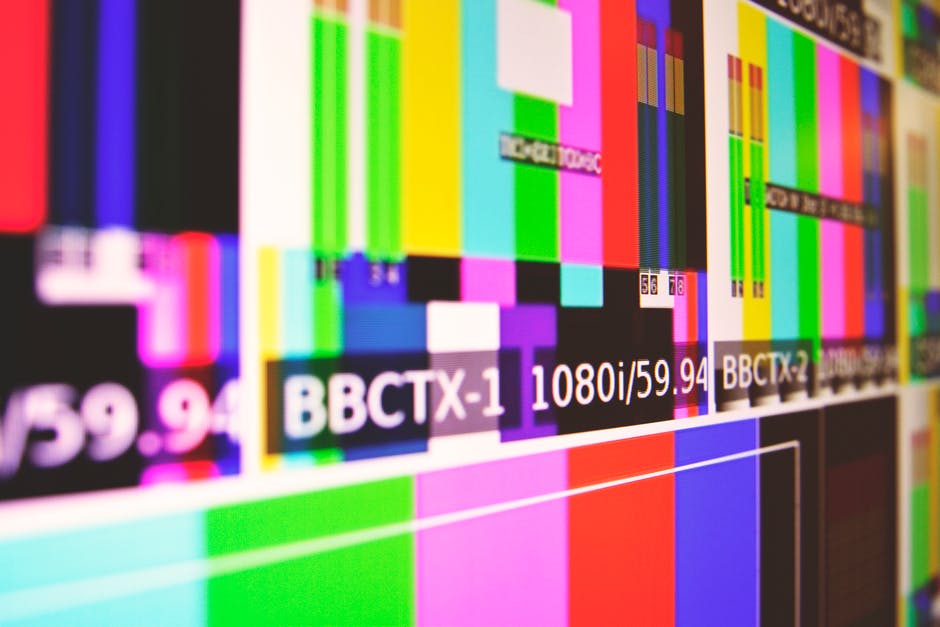The protective mask is one effective tool used to avoid the spread of infectious diseases. These masks cover the mouth and nose and have loops. Today, there are many brands and styles and available in diverse colors. However, it is vital to utilize a protective mask that is approved by the Food and Drug Administration.
Wearing a protective mask is one way to assist in avoiding respiratory tract infections. Most vital is to observe good personal hygiene. You must wash your hands frequently using anti-bacterial soap. Wash hands after coughing, sneezing, cleaning your nose when going to the comfort room, and before touching your nose, mouth, and eyes and cooking as well.
When to Use Protection Masks
According to a health expert, a healthy person who wants to go outside for many hours might use or wear a protective mask to minimize exposure once the forecasted air quality is in the hazardous range, which is PSI 300. Prone or vulnerable individuals are suggested to keep away or minimize outdoor activity once the forecasted quality of air is Very Unhealthy, which is PSI 200. Once you need to be outside for many hours, you might lessen the exposure to wearing a protective mask. Seniors or elderly, pregnant women, as well as those experiencing serious lungs or heart issues, which have complexity in breathing at rest or exertion, must consult an expert as to whether they must wear a protective mask.
The protective mask is not required on short exposure, such as commuting from school to home or work, traveling from the shopping mall to bus stop.
If you are sneezing, coughing, or sick, small droplets of mucus and saliva that carries airborne viruses are thrown out into the air. The viruses and bacteria can spread to people around you and get them infected.
Wearing a protective mask is an excellent way to avoid you from spreading the bacteria or germs to people around you if you are sick. When a protective mask is appropriately used, it avoids the droplets from passing to the air once you sneeze or cough.
Who Must Wear a Protective Mask?
People who are advised to wear protective mask are as follows:
- Those with respiratory infection diseases
- Those who care for patients that have respiratory infection diseases
- Those who have been in close contact with suspected or confirmed COVID-19/SARS patients must wear a protective mask for ten days from the last contact.
- Those going to hospitals and clinics
- Health care workers in hospitals and clinical settings
- Those who are handling food
- Operational staff in public transport
- People in poorly ventilated or crowded places
When you are wearing a protective mask, make sure that:
- The protective mask must fit snugly over your face
- The colored part of the protective mask faces towards, with the metallic stripe uppermost.
- The elastic or strings bands are placed well to keep the protective mask securely in place
- The protective mask must cover the chin, mouth and the nose
- The strip should mold to your nose bridge
- Avoid touching the protective mask when it is secured in place as frequent handling might reduce its protection. When doing so, wash hands prior and after touching the protective mask
- If you want to take off your mask, keep away from the touching the interior part as they might be covered with germs and bacteria
- After taking off the facemask, fold it outwards, then place it into a paper or plastic bag prior to placing it in a trash can with cover.
Did you find this article useful? If so, please comment below your insight into this matter.



